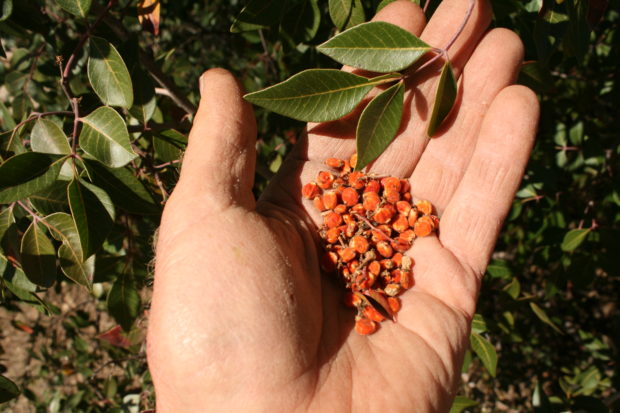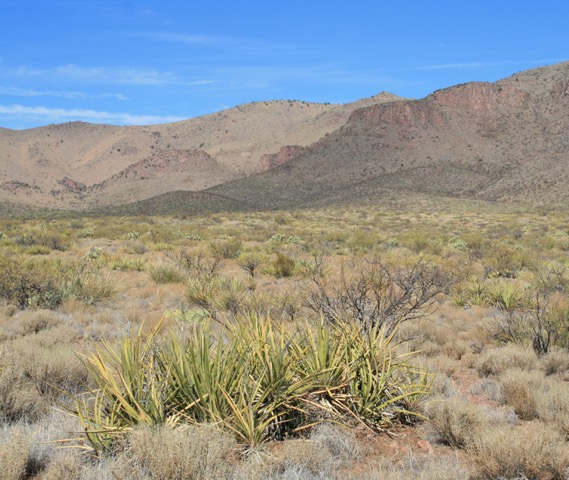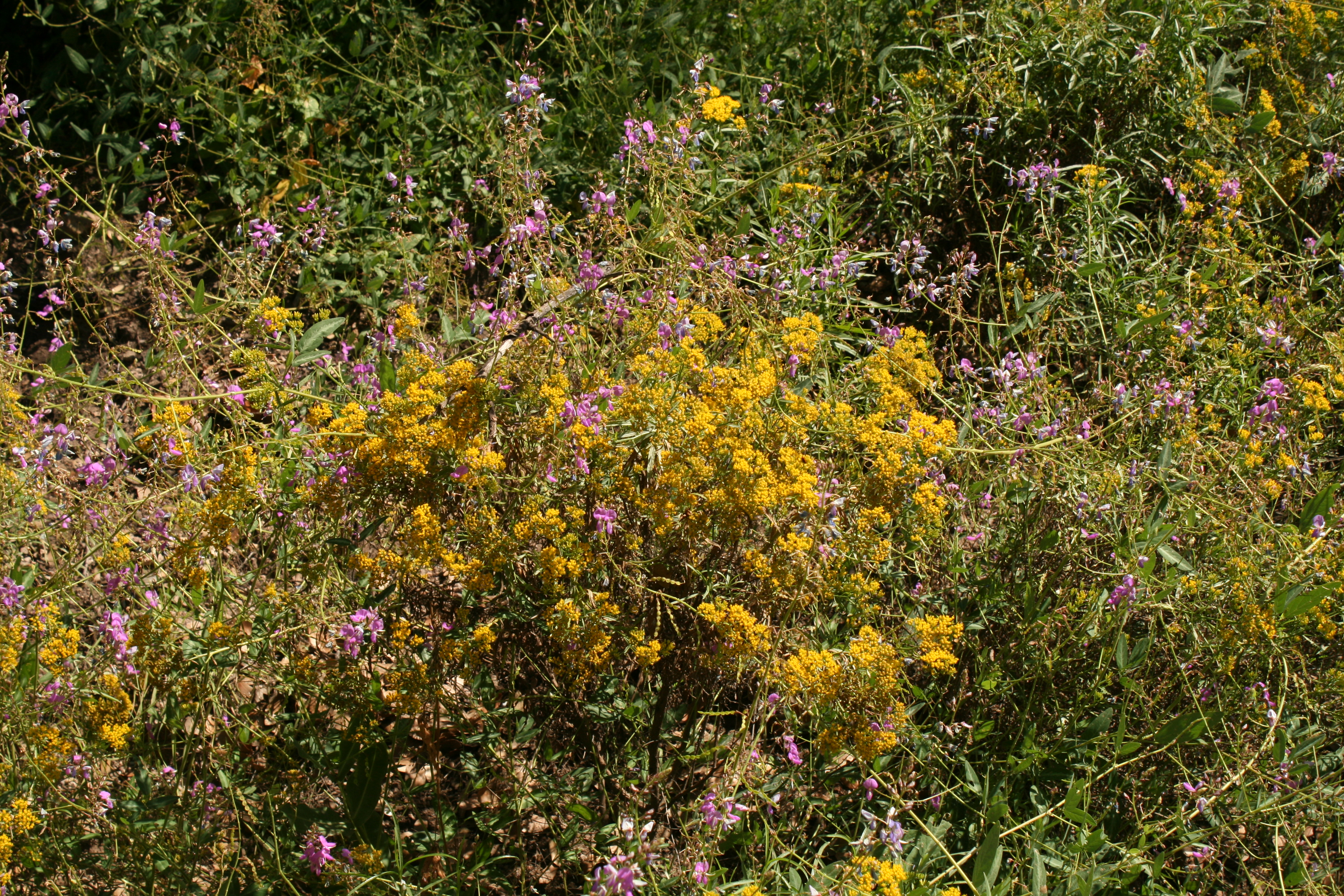I like the name sumac and I’ve known it since I was a kid in Kentucky. The most talked about sumac of my youth was poison sumac or poison ivy, but there were other sumacs, like the large Rhus typhina (staghorn sumac) with it’s spectacular panicles of crimson fruit. But listen, the name sumac goes way back…I’m talking Assyrian…and it means red or turning red. It could be referring to deciduous species that turn red in the fall or maybe, and I like this, the bright red fruit. Those bright red berries of many of the species found around the world are edible. I’m always jabbering about how the fruit of our native sumacs make a delicious tart sun tea, but the fruit can also be ground up to make a tart condiment to sprinkle over food from salads to rice to whatever you think may need a tart pick me up. Now you know.
There are 8 species of sumacs found in Arizona. Some are deciduous and some like the mearns sumac that I talk about in this show are evergreen. Mearns sumac is Rhus virens var. choriophylla in case you want to look it up and it’s in the Cashew family, Anacardiaceae, a name that is a delight to pronounce…all those syllables!

The photos are mine and taken in our driveway where I had planted a few of these native evergreen shrubs. I noticed that the stem tips have been munched on by visiting mule deer. The fruit in my hand is going to get planted and that’s exciting.


I hope you’re getting some time away from your home and out into nature…out into the wild. It sure is easy to social distance...

Dear KXCI listeners, friends and supporters, you might have noticed that we have re-aired some of our original programming over the last two weeks....

Petey and Ms. Mesquitey ramble a favorite dirt road through a sky island in southeastern Arizona stopping to admire the flora every few minutes...